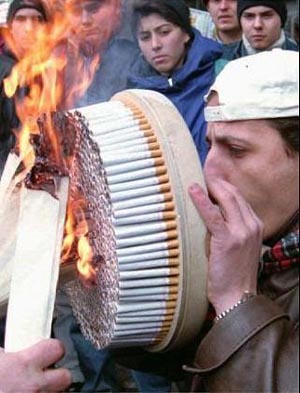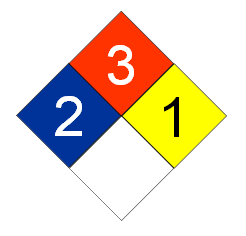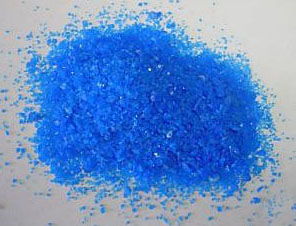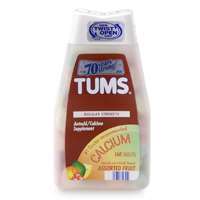|
Below are some questions regarding the Safety Tutorial
for CHM-130LL (Lab).
Copy the questions below (highlight the text, then press
the CTRL key plus "c", or use the Edit menu at top and choose
"Copy"). You can also place your answers in a Word document if you prefer.
If you are in section 20598, which starts Aug. 19th, then email your answers to Quinn Thacker at QRT2004@yahoo.com. If you are in section 20930 which starts Sept. 9th, then email your answers to Loree Cantrell-Briggs at lor2060912@phoenixcollege.edu. |
|
Question 1: Three acronyms appear in this tutorial. OSHA,
MSDS, and NFPA. What do they stand for? |
 |
|
Question 2: The National Fire Protection Association
uses a numbering system to reflect the hazard level of chemicals. What
is the range of these numbers? |
|
|
Question 3: The warning system also uses colors to help
show the type of hazard. What four colors does it use, and what category
does each color refer to? |
|
|
Question 4: What would you do if you were following a
truck with a NFPA diamond sign that had a 4 written on each of the three
colors of the diamond? |
 |
| Question 5:
If you are smoking or with someone smoking, what color diamond should you
pay the most attention to? |
 |
| Question 6:
Which two chemicals in your kit are the most flammable? |
 |
| Question 7:
We don't normally think of the coins in our pocket or purse as being flammable,
but certain chemicals can even make coins catch fire. They will be indicated
on the NFPA sign with three letters. What letters would that be? |
 |
| Question 8:
What is the highest health hazard level for chemicals in your chemistry
kit? Name two that have that level. |
|
| Question 9: For potassium
iodide, what is the MSDS info for ingestion shown in the Safety Tutorial? Also, under ingestion the letters,
"GI" is used. What does "GI" stand for? |
|
| Question 10: Nearly all of
the chemicals in the kit are powders. None are particularly hazardous to
eyes, but anytime any powder gets in the eye, it can hurt. At the college
lab, we have eye wash stations to wash out the eyes if something gets in
it. At home you have to improvise. Imagine yourself or someone with you
gets some powder in the eyes and it starts hurting. What would you do to
flush the chemical out of the eye or eyes? (Remember it's hard or impossible
to hold head under the faucet in the kitchen unless the faucet sticks up
high.) |
|
Question 11: The alcohol burner in the kit is very convenient, but what is the extra safety issue regarding the flame produced by burning denatured alcohol? |
|
| Question 12: There are several items in your kit that are made of glass. Like any glass, it can be dangerous if broken. The thermometer and glass stirring rod in your kit probably requires the most care in handling them. Why? |
|
| Again, if you are in section 20598, which starts Aug. 19th, then email your answers to Quinn Thacker at QRT2004@yahoo.com. If you are in section 20930 which starts Sept. 9th, then email your answers to Loree Cantrell-Briggs at lor2060912@phoenixcollege.edu. They will email the graded answers back to you and record the score in Sapling Learning. |










